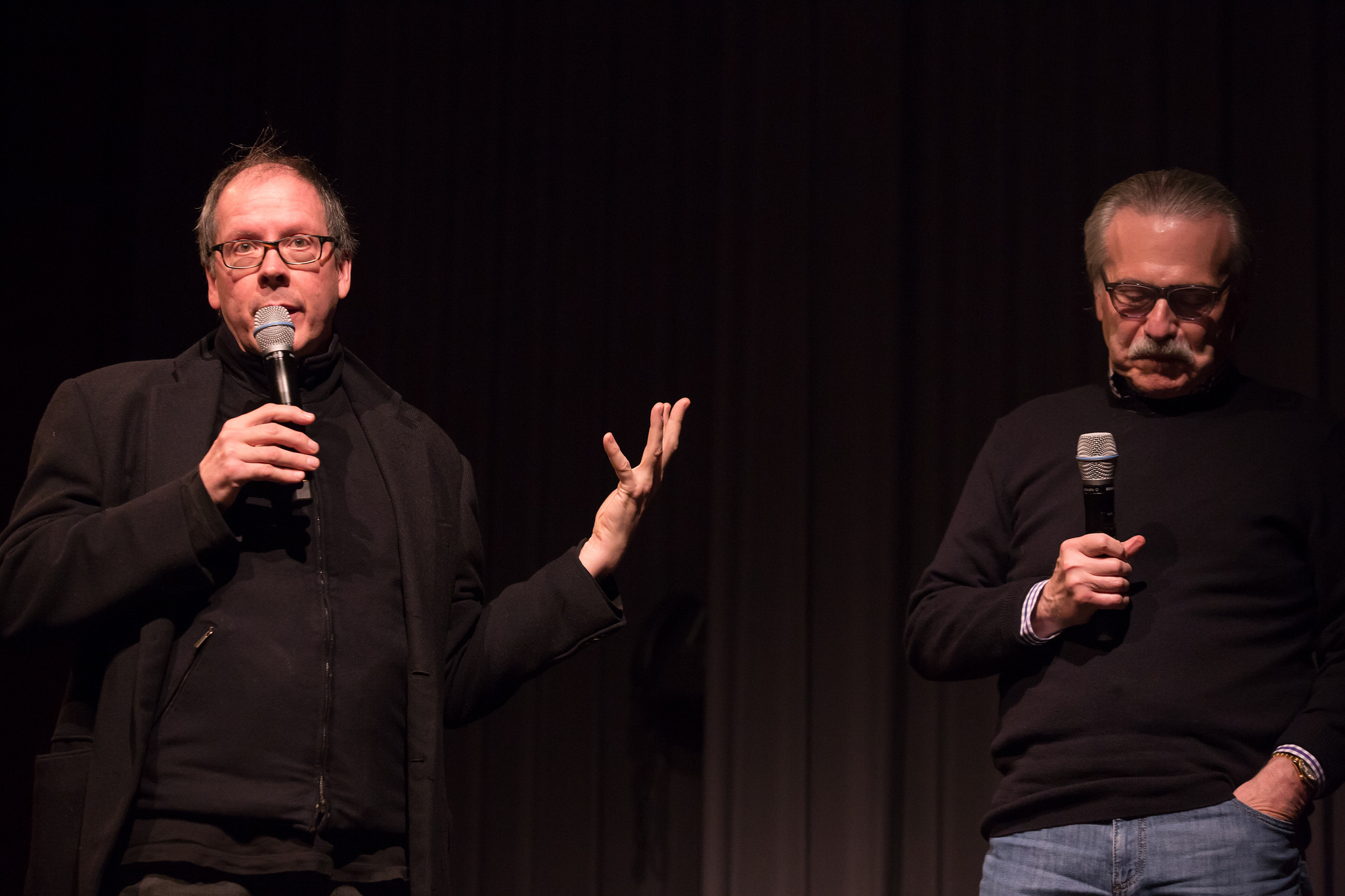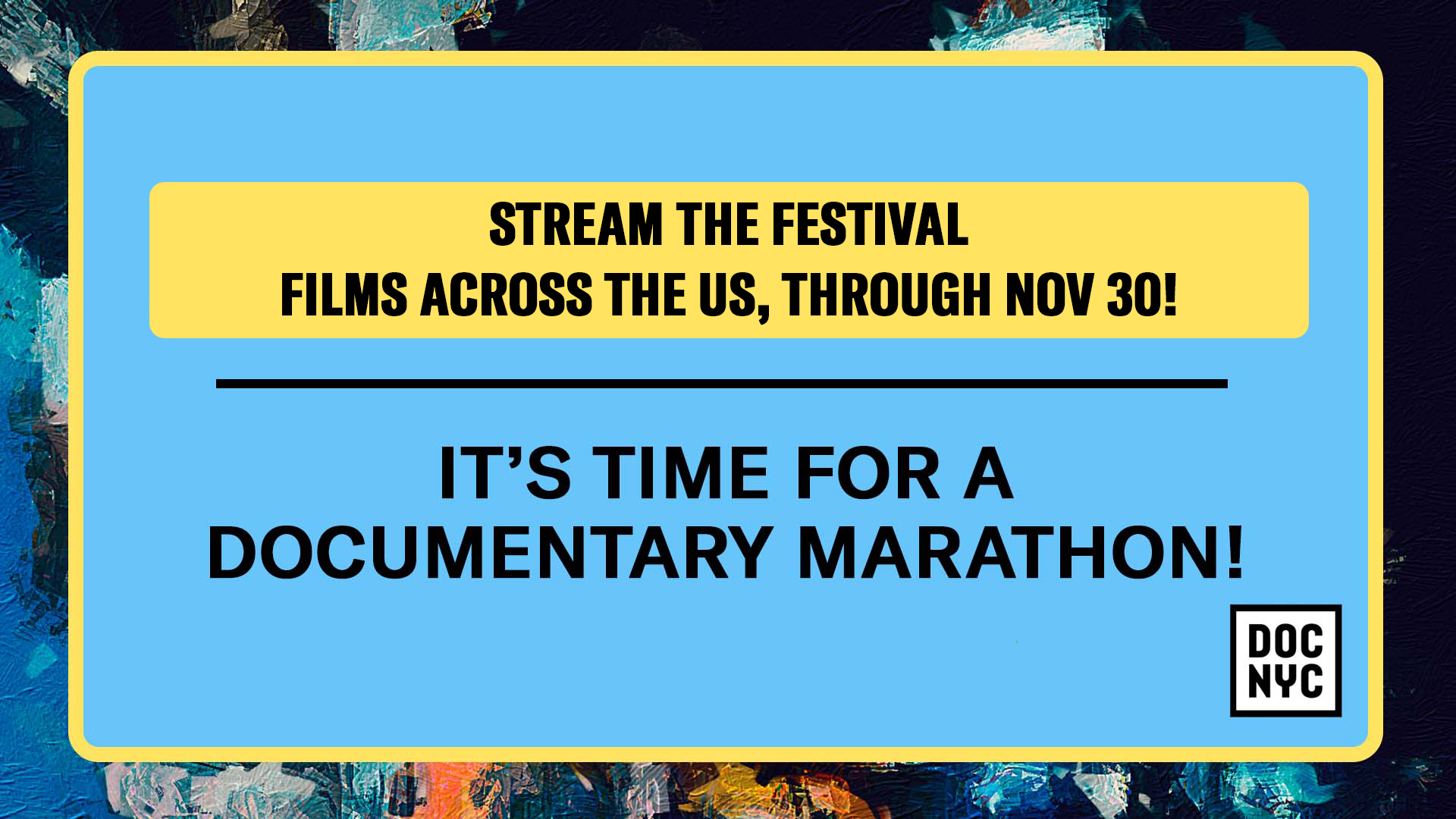Enquiring Minds Satisfied at DOC NYC


Written by Krystal Grow
It’s the magazine everyone loves to hate. The National Enquirer, a supermarket tabloid with jaw dropping headlines and salacious photos, is the epitome of celebrity journalism, and has had the rare honor of being one of the highest circulating publications on the planet, with a single edition in 1977 selling more copies that the New York Times, the Wall Street Journal and the Washington Post combined.
While it’s inspired many immitators, the National Enquirer was in a league of its own for decades, led by the fearless and innovative Generoso Pope, Jr., who inherited the top spot on the masthead from his father, a powerful and influential New York City businessman with ties to the mafia.
“I always wanted to be able to tell a story that could be called an ‘untold’ story,” Director Ric Burns said to introduce Enquiring Minds: The Untold Story of the Man Behind the National Enquirer to the audience at DOC NYC. “I just couldn’t believe that this story had gone untold for so long despite the notoriety they’d achieved with the magazine.”
After his father’s sudden death, Pope Jr. stepped into a minor media empire his father had created as the owner of Il Progresso, a major Italian-American newspaper in New York City. After a scandal involving a major mayoral election, Pope Jr. was ousted from the family business and with support from his godfather, legendary gangster Frank Costello, purchased the New York Enquirer. As editor, he pushed publication standards to the absolute limits, printing outlandish headlines, scantily clad women, cute animals, and truly gruesome photographs of crimes and unfortunate accidents.
“I remember being a 6-year-old kid and going into the candy store or something and being helplessly drawn to it,” Burns recalled, “and this was at the height of the gore period. It was like looking into the heart of darkness.”
While the grizzly images helped boost circulation, sales began to drop in the late 1950s as people moved en mass to the suburbs to pursue the American Dream. To keep pace, Pope Jr. decided to swap out the gore in favor of juicy gossip about the newest crop of mega-celebrities: television stars.
The combination of Hollywood news and supermarket sales was a goldmine, launching the Enquirer’s circulation to unheard-of heights. By the time the magazine started printing in color, Pope Jr. moved the entire operation to a small city in Florida, where the Enquirer campus was so massive (and received so much mail) it had its own zip code.
“When I walked into Gene’s office for the first time, you could still feel his presence,” said Executive Producer Frank Pellegrino. “From that moment I knew this story had to be told.”
As much as Burns’ film covers Pope Jr.’s near tyrannical determination to see the Enquirer succeed, it also dives into the complicated and fascinating history of publishing, propaganda, celebrity culture and mass-media ethics. Constantly under fire for their blatant use of ‘checkbook journalism’ and borderline predatory photographic policies, the weekly magazine was better at identifying exactly what their audience wanted, and delivering it, than any other publication in the business, a feat that both modern and traditional media are still trying to figure out.
For more about Inquiring Minds: The Untold Story of the National Enquirer, visit the film page on the DOC NYC website.
Krystal Grow is an arts writer and photo editor based in New York. She has written for TIME LightBox, TIME.com, LIFE.com, the New York Times Lens Blog, the Magnum Foundation, Vocativ.com, and the Stranger Than Fiction blog and is the 2014 DOC NYC Blog Coordinator. Follow her on Twitter and Instagram @kgreyscale.




